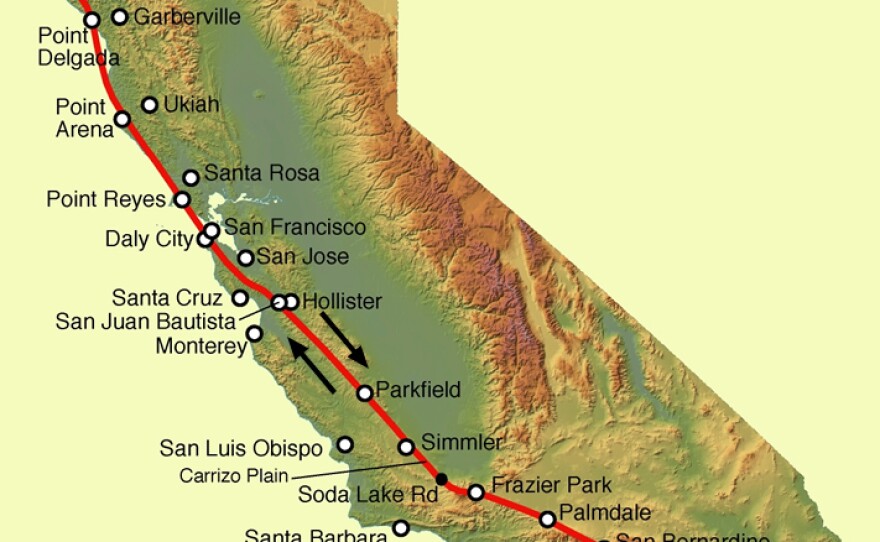Local scientists continue to monitor aftershocks from Sunday’s magnitude 7.2 earthquake to determine if stress patterns were altered on other nearby faults, including the southern San Andreas Fault.
Dr. Debi Kilb, a scientist at Scripps Institution of Oceanography says the magnitude-7.2 earthquake could cause stress along other nearby fault zones, and that stress could serve as a catalyst for triggering more quakes.
"It does change the stress, it redistributes the stress in the region, and so we haven’t yet worked up our model on how that changes the stress on, for example, the San Andreas fault," said Kilb. "That’s something we’re working on right now. This is going to be a wealth of information for us. In that, the fact that we haven’t seen another earthquake go anywhere within the close vicinity is important to my research."
The earthquake occurred on the Laguna Salada fault along the California-Mexico border. That fault line is located just south of the San Andreas fault, which stretches from Eureka to the Salton Sea.







